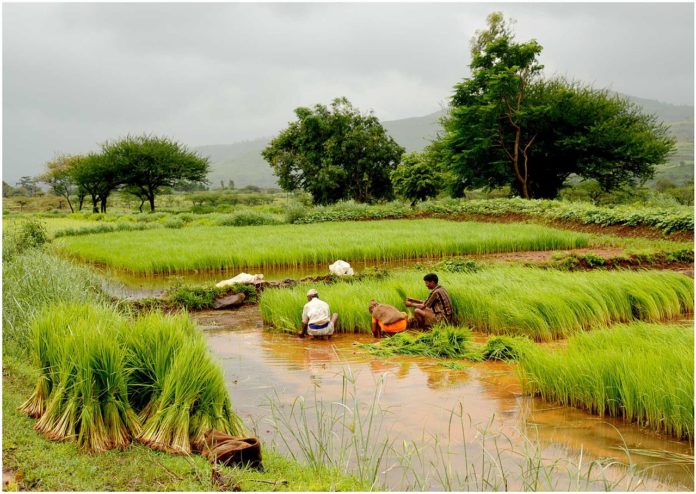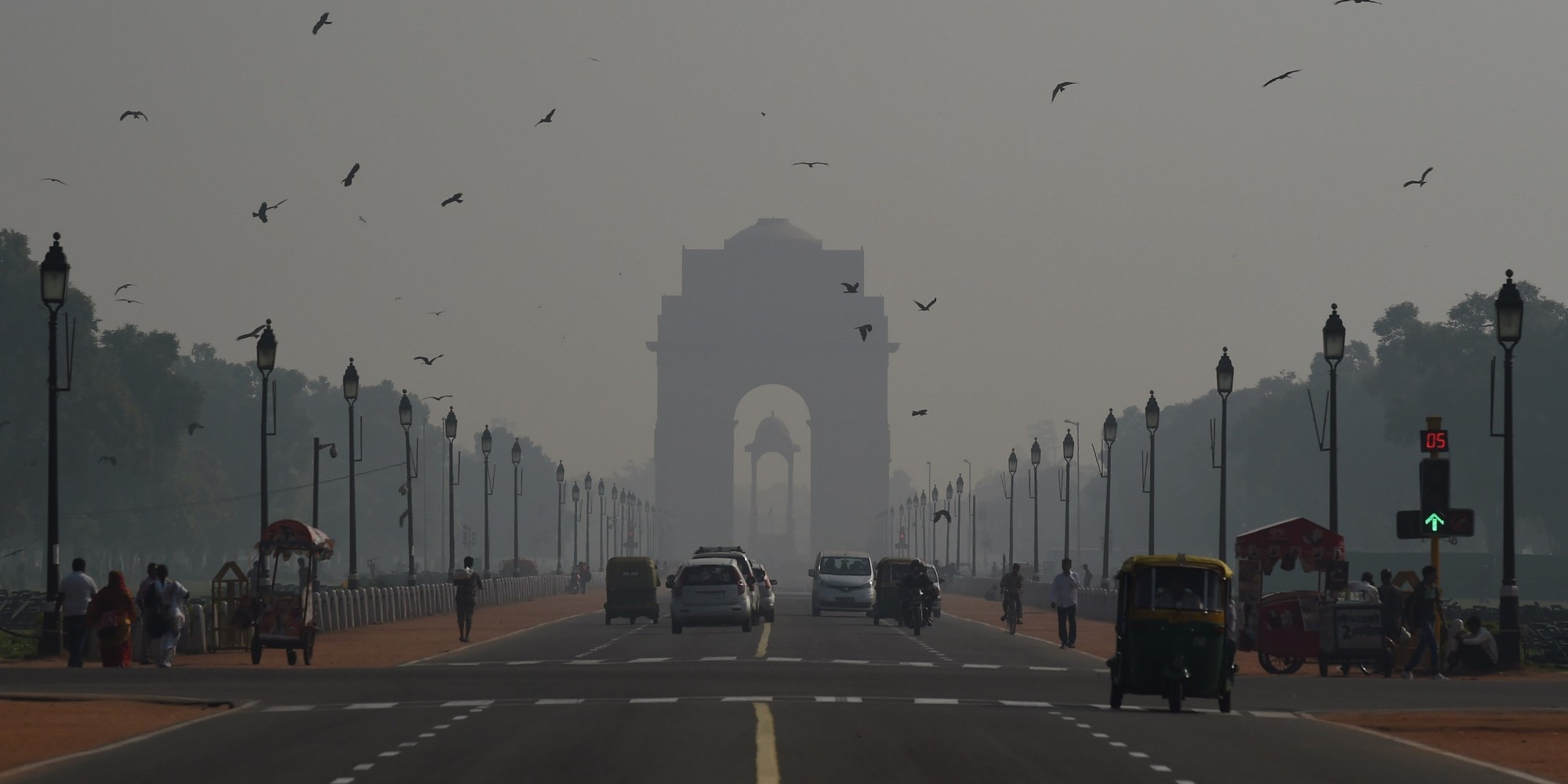
Increasing Carbon dioxide levels reduce the nutritional value of rice
Higher concentrations of carbon dioxide are associated with reductions in protein and multiple key nutrients in rice.
A study published in Science Advances, showed for the first time that rice grown at concentrations of atmospheric CO2 expected by the end of this century has lower levels of four key B vitamins. The findings also support research from other field studies showing rice grown under higher CO2 concentrations has less protein, iron and zinc.
Rice is the primary source of food for more than 2 billion people. Decrease in the nutritional content of rice could have a disproportionate impact on health outcomes in the poorest rice-dependent countries. The research team that came to these conclusions includes researchers from the University of Washington School of Public Health and School of Medicine.
Ninety per cent of the rice produced in India is consumed within the country. Rice is the staple food for more than 50% of the population in Asia, and for South Asia alone, the figure is around 70%.
China was the leading rice producer followed by India, Indonesia and Bangladesh in 2016-17. India is projected to produce about 110 million tonnes of rice in 2017-18 which is about 23% of of world production, according to directorate of economics and statistics (DES). Rice is one of the most important food crops of India. It plays a major role in India’s diet and is central to food security. Rice is the staple food crop for more than 70% of the Indian people.
Ninety per cent of the rice produced is consumed within the country. Rice is the staple food for more than 50% of the population in Asia, and for South Asia alone, the figure is around 70%. Rice is the cheapest and most effective staple food crop available in this region that is likely to eradicate acute undernutrition.
Additionally, more than half of the daily caloric intake in some countries comes from rice. Asia is the largest producer of rice contributing around 91% of total world rice production. In India top five rice producing states are West Bengal followed by Uttar Pradesh, Andhra Pradesh, Punjab and Tamilnadu. Rice is produced in 20 states in India.
“Rice has been a dietary staple for thousands of years for many populations in Asia and is the fastest growing food staple in Africa,” said co-author Kristie Ebi, director of the UW Center for Health & the Global Environment and professor of both global health and environmental and occupational health sciences. “Reductions in the nutritional quality of rice could affect maternal and child health for millions of people.”
The researchers conducted the field study in China and Japan on 18 common strains of rice. Their results confirm previously reported declines in protein, iron and zinc in rice grown under atmospheric CO2 concentrations that scientists expect by the end of the 21st century. In addition, the paper reveals for the first time average declines in vitamins B1, B2, B5 and B9 — vitamins essential to helping the body convert food into energy.
Average Vitamin B1 (thiamine) levels decreased by 17.1 percent; average Vitamin B2 (riboflavin) by 16.6 percent; average Vitamin B5 (pantothenic acid) by 12.7 percent; and average Vitamin B9 (folate) by 30.3 percent. The researchers reported no change in levels of Vitamin B6 or calcium, while Vitamin E levels increased for most strains.
In addition to changes in vitamins, they reported an average 10.3 percent reduction in protein, 8 percent reduction in iron and 5.1 percent reduction in zinc, when compared with rice grown under current CO2 concentrations, researchers say.
The nutritional deficits are likely to hit hardest in countries where rice makes up a major portion of daily diets.












